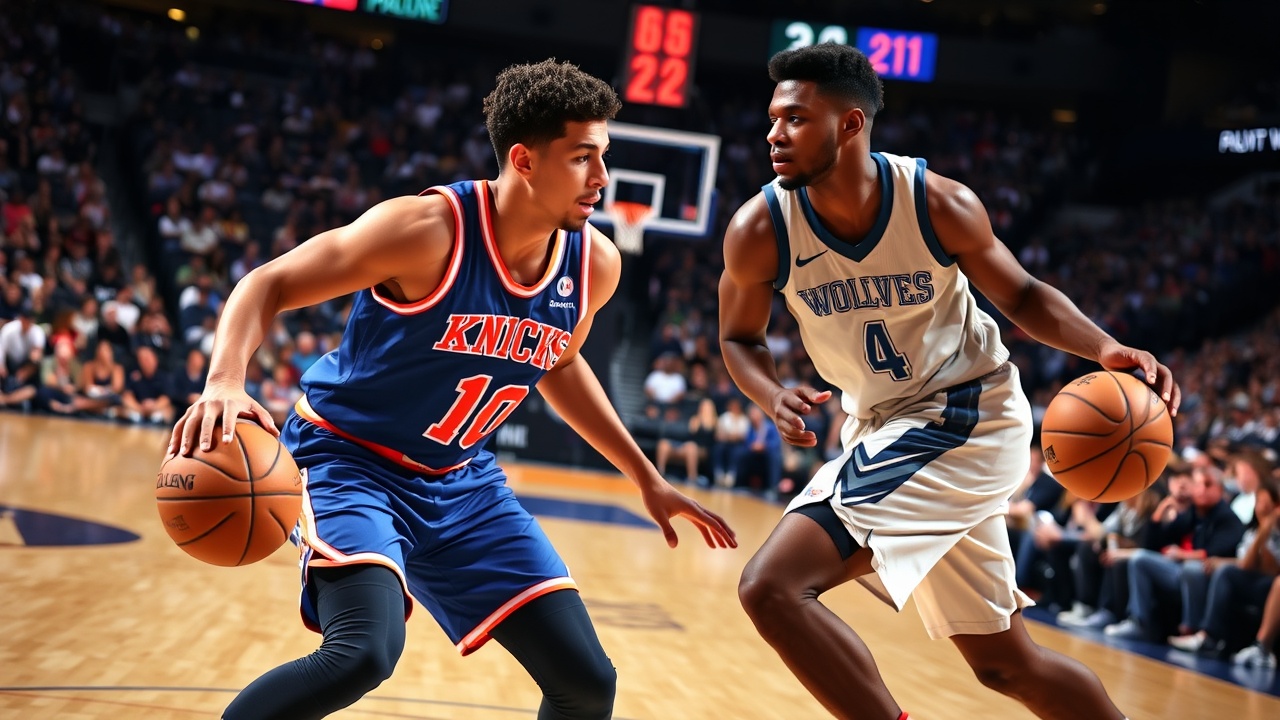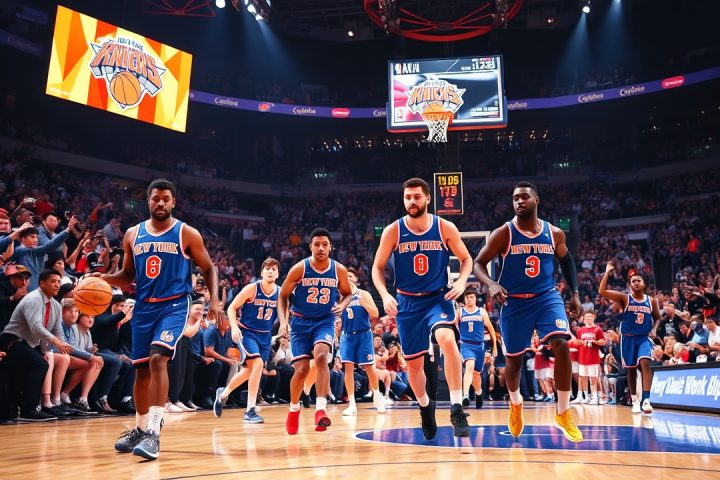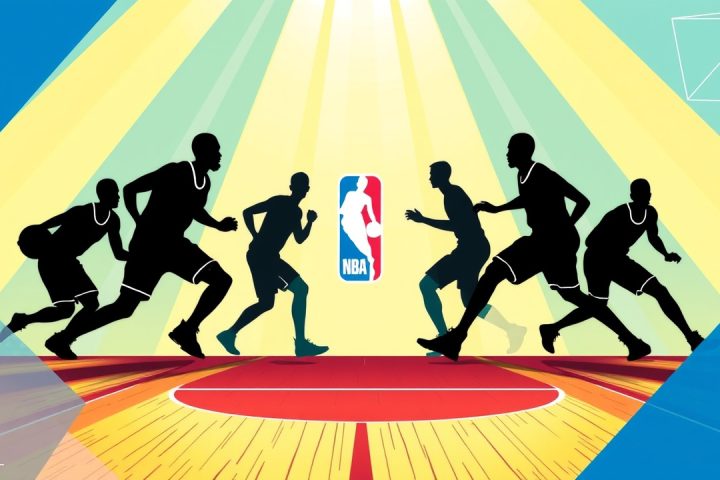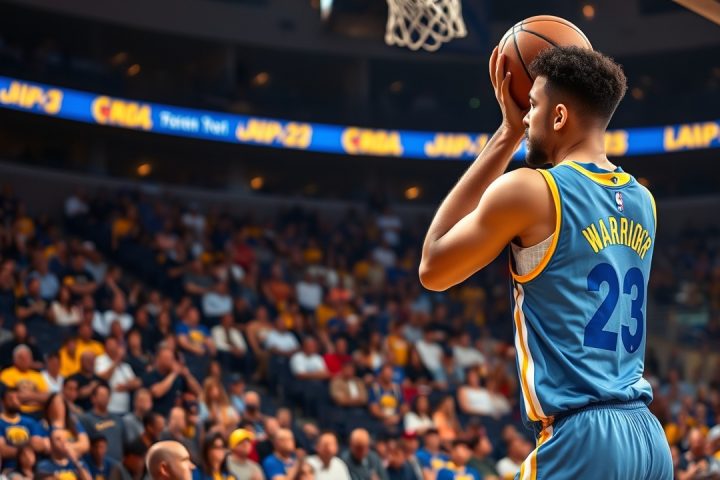Jalen Brunson and Karl-Anthony Towns: A Promising Offensive Dynamic
The combination of Jalen Brunson and Karl-Anthony Towns created a scintillating offensive dynamic for the New York Knicks, showing promise when they were first paired together. Brunson, recognized for his elite shot-creating capabilities, demonstrated notable growth as an outside shooter, particularly when shooting off the dribble. On the other hand, Towns has etched his name into the annals of NBA history as one of the top shooting centers; his remarkable career three-point shooting percentage hovers around 40%, with a commendable 42% during the 2024-25 season. As a result, the Knicks achieved a successful season, securing 51 wins and reaching the Conference Finals, with both players earning All-NBA honors. Brunson averaged 26 points while Towns contributed 24.4 points per game.
Challenges in Synergy and Offensive Performance
Despite their impressive individual statistics, the duo struggled to create genuine synergy on the court at times. Initially, their pick-and-roll plays generated substantial success, making New York’s offense the most efficient in the league in the first 20 games. However, as the season progressed, the frequency of these plays declined, hampered by several factors. With Josh Hart often joining them on the court, opposing teams opted to assign their centers to defend Hart while their wings focused on Towns. This shift forced both stars into their comfort zones, favoring individual isolation plays or drives rather than collaborative actions.
Unfortunately, the outcome was a lag in offensive performance, with the Knicks slipping to 16th in offensive efficiency after the new year—a stark contrast to their strong start. The pick-and-roll that initially flourished instead began to feel stagnant, mirroring the isolated play styles of its key players. Throughout the Eastern Conference Finals, Brunson managed to assist Towns on just five occasions, which exemplified the lack of connection in their gameplay.
Defensive Struggles
Defensively, the challenges escalated for both stars. With New York ranking 13th in defensive efficiency overall, their shortcomings were particularly noticeable against aggressive opposing offenses. The team’s average defensive performance was often mitigated by the strengths of other key defenders like OG Anunoby and Mikal Bridges. Nevertheless, Brunson and Towns found themselves frequently targeted by opposing players throughout the season. Towns, in particular, struggled during the playoffs, often appearing lost while defending against pick-and-roll situations. This culminated in a critical moment during Game 6, where he was repeatedly exploited by Tyrese Haliburton for mid-range jumpers.
Analytics indicated that when Brunson and Towns played together in the postseason, the Knicks were outscored by an alarming 3.39 points per 100 possessions; contrastingly, lineups featuring just one of the two players tended to perform better.
The Future of the Knicks
Following the departure of head coach Tom Thibodeau, any new coach stepping into the Knicks’ organization will face the critical task of redefining how to maximize Brunson and Towns’ strengths while addressing their weaknesses. The challenge lies notably in improving the offense, which, despite ranking fifth in the regular season, often lacked a focus on generating three-point shots and effective ball movement. A fresh approach could include implementing five-out lineups to enhance spacing for drive opportunities.
Navigating the intricate balance of utilizing both Brunson and Towns effectively will undoubtedly be pivotal for the Knicks as they aim for an NBA Championship. The future strategy and adaptation from the next head coach will be a defining element of their quest for success.




